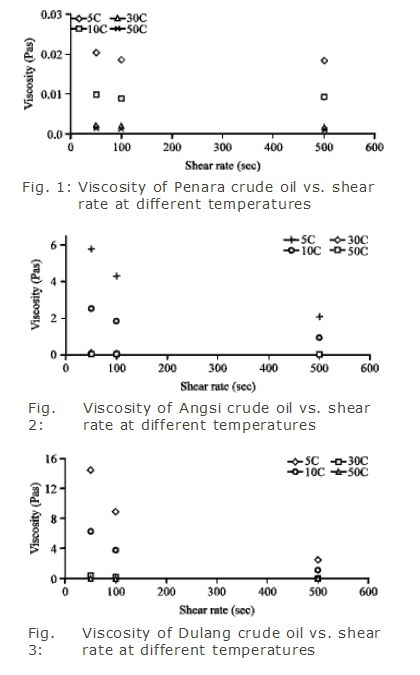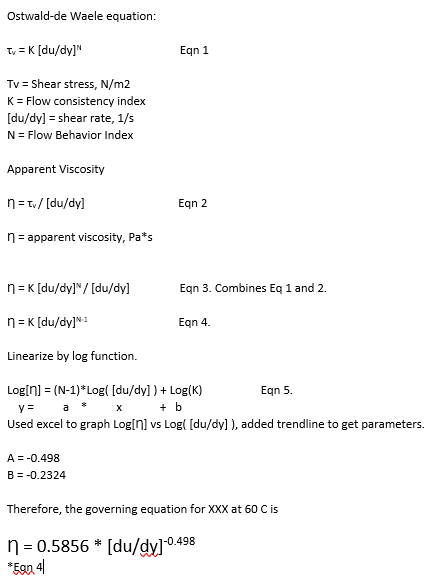HI,
I am trying to fill out a data sheet for a PD rotary (gear type) pump needed for a client. The product is wax liquid with a viscosity of as high as 2500 cP at 212 F. I know the required pressure at the equipment inlet where the pump has to feed to, so I am trying to back calculate what the required discharge pressure would be at pump end by doing some hydraulic calculations. I know the pipe material, length, elevation etc. Any tips on how to do this successfully? I have FluidFlow software that I can utilize for this.
I am trying to fill out a data sheet for a PD rotary (gear type) pump needed for a client. The product is wax liquid with a viscosity of as high as 2500 cP at 212 F. I know the required pressure at the equipment inlet where the pump has to feed to, so I am trying to back calculate what the required discharge pressure would be at pump end by doing some hydraulic calculations. I know the pipe material, length, elevation etc. Any tips on how to do this successfully? I have FluidFlow software that I can utilize for this.


